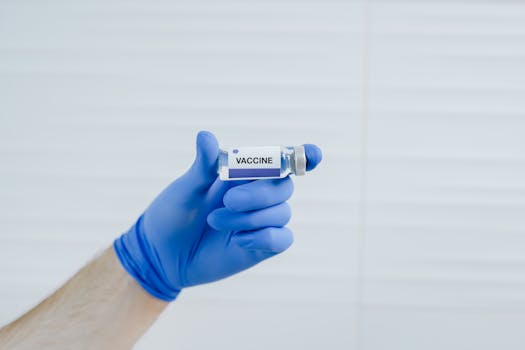
The Science Behind Vaccines

Vaccines are one of the most significant achievements in public health. The focus keyword here is ‘vaccines’, which are designed to prepare the immune system to recognize and combat pathogens. The science behind vaccines involves understanding immunology, the branch of medicine that deals with the immune system and its responses.
How Vaccines Work

Vaccines typically contain antigens, which are parts of the pathogen that stimulate the immune response without causing the disease. When vaccinated, the body produces antibodies, which are proteins that help destroy pathogens. This process enables the immune system to ‘remember’ the pathogen, allowing for a quicker response upon future exposures.
Types of Vaccines

There are several types of vaccines, including:
- Live attenuated vaccines: These contain a weakened form of the virus or bacteria.
- Inactivated vaccines: These contain killed pathogens.
- Subunit, recombinant, or conjugate vaccines: These contain pieces of the pathogen.
- Messenger RNA (mRNA) vaccines: These teach cells to produce a protein that triggers an immune response.
Public Health Impact

The introduction of vaccines has dramatically reduced or eliminated many infectious diseases. Vaccination programs have led to the eradication of smallpox and a significant decrease in diseases like polio and measles. Public health policies often mandate vaccinations to achieve herd immunity, which protects those who cannot be vaccinated.
Conclusion

In summary, the science behind vaccines is a testament to the advancements in medical research and public health policy. Vaccines not only protect individuals but also contribute to the greater good by preventing outbreaks and promoting community health.





